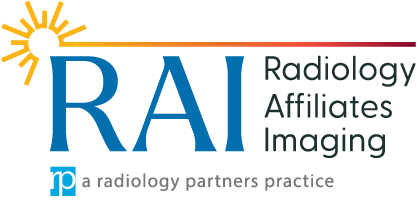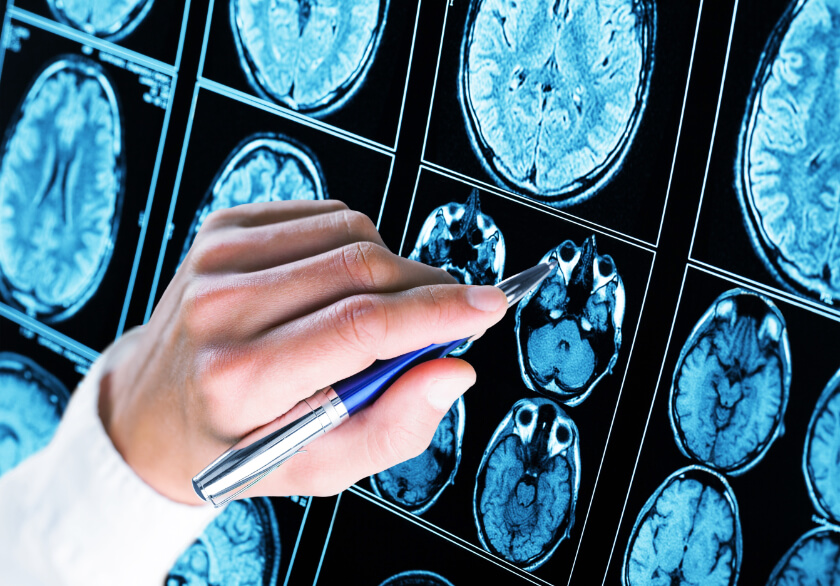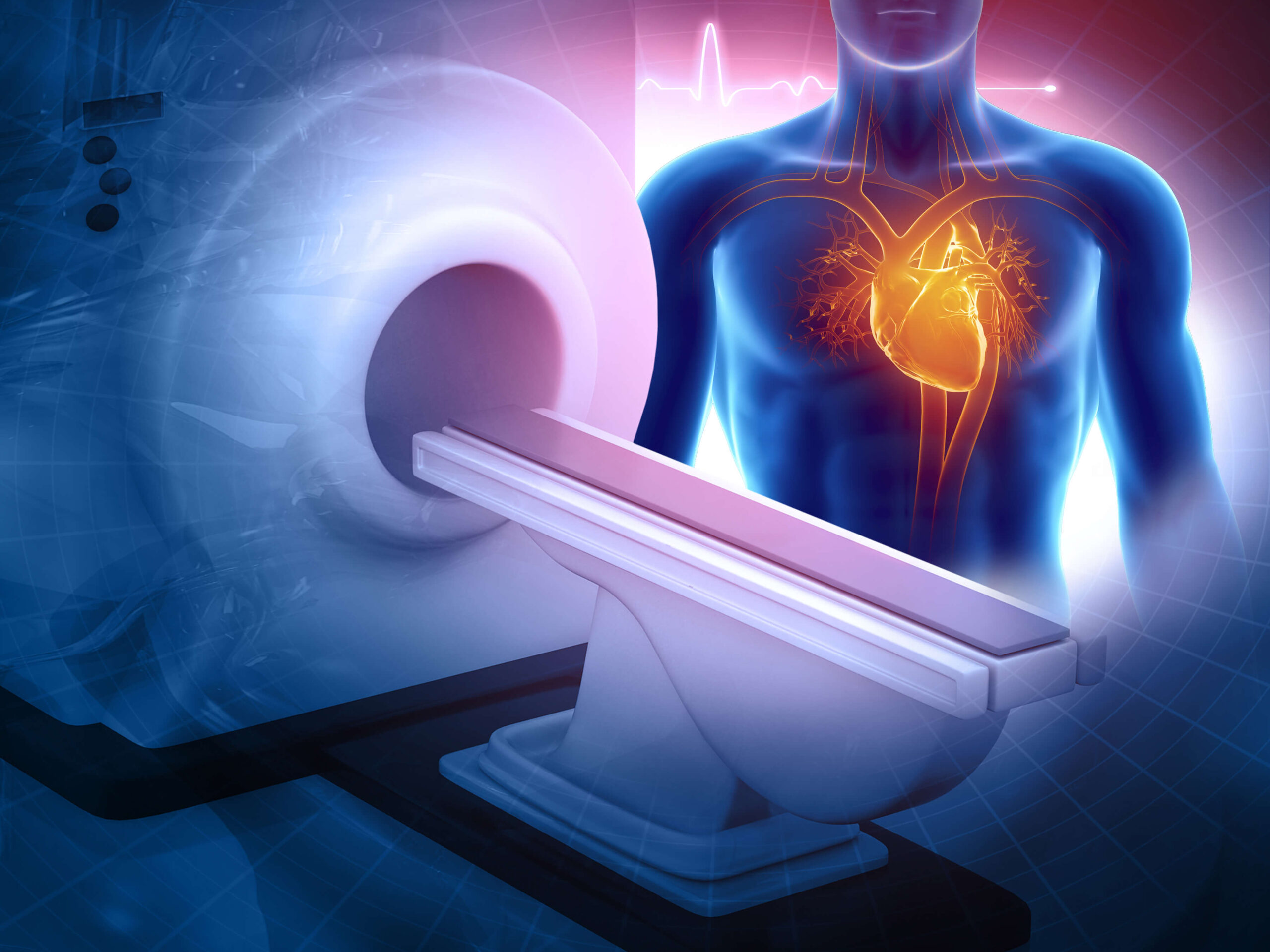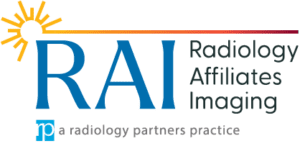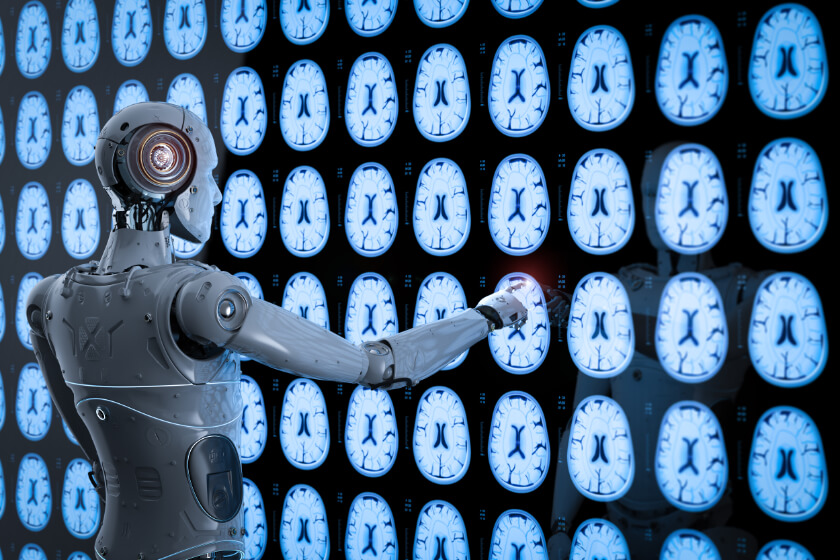
How is AI Used in Radiology?
Artificial Intelligence (AI) technology is revolutionizing nearly every aspect of life, including medical care. AI has the potential to change how medical imaging is analyzed and interpreted, which can lead to faster and more accurate diagnoses, improved patient outcomes, and reduced healthcare costs.
Medical imaging is a field of medicine that focuses on creating images of internal organs to help doctors diagnose, treat, or monitor health conditions. To perform medical imaging, radiologists use a number of technologies, such as:
- X-rays
- CT scans
- MRI
- Ultrasounds
- Mammography
Radiologists then evaluate the images. More specifically, they perform image classification and segmentation.
Image classification helps identify what appears in the image, also known as a radiograph. The simplest classification identifies tissues as normal or abnormal, but depending on the test and the findings, classifications can be much more complex. Segmentation defines the location of the region of interest, along with the shape, structure, texture, and other features of abnormal findings.
Interpreting images is difficult, in that each radiograph contains thousands of details that a radiologist must interpret to detect a small number of suspicious or abnormal findings. Fortunately, most of the features seen on radiographs are normal, and most radiographs have normal findings. Only about 10 percent of all women who have a mammogram get called back for further testing, for example, and only about 0.5 percent of those women will be found to have cancer. Of course, catching that small percentage of abnormalities can have real-world consequences – it may even be the difference between life and death.
To make matters even more complicated, radiologists are experiencing a dramatic increase in workload. Today, a radiologist reviews 20 to 100 scans a day, and each of these scans can have thousands of images the radiologist must review.
Artificial Intelligence
Digital computers and computer-controlled robots use AI to perform tasks normally done by humans. In other words, an “intelligent” computer uses AI technology to think like a human and perform tasks on its own.
Deep learning is a technology in which the AI system mimics the way the human brain works in order to “learn” new skills with minimal human interference. To engage in deep learning, the computer goes through training sessions in which it reviews (and “learns”) thousands of images. This is similar to a student who gets good at reading radiographs after viewing hundreds of images in medical school and thousands more after graduating.
AI in Medical Imaging
AI has already begun to shape the field of medical imaging, especially when it comes to image classification and segmentation.
Many use Convolutional Neural Networks (CNNs) to perform medical image analysis. Trained using large datasets of medical images, CNNs can identify patterns and anomalies in images with a high degree of accuracy. As the result, CNNs have achieved expert-level performance in radiology.
AI-powered medical imaging can help radiologists in several ways, such as:
Image Classification: AI algorithms can classify medical images into different categories, such as normal or abnormal, based on predefined criteria. This can help radiologists prioritize cases and reduce the time they take to make a diagnosis
Image Segmentation: AI algorithms can segment medical images into different regions of interest, such as tumors or organs, which makes it easier for radiologists to analyze and interpret the images
Image Detection: AI algorithms can detect abnormalities in medical images that human radiologists may miss, leading to earlier and more accurate diagnoses
AI in Radiology Workflow
Radiology departments can use AI to improve their overall workflow. Currently, radiologists must interpret and report on large numbers of images. AI automates and streamlines some of these processes to improve efficiency and productivity.
AI may be used in:
Image preprocessing – AI algorithms can process medical images, such as by removing noise and artifacts, before the images are analyzed by radiologists
Reporting – based on the findings of medical images, AI can generate reports, thereby reducing the amount of time taken by radiologists to manually create these reports
Quality control – AI algorithms can automatically check medical images for quality and ensure that these images meet the required standards before they are sent for analysis by a radiologist
AI Challenges and Limitations in Radiology
While it has the potential to transform the field of radiology, developers must overcome a number of limitations and challenges, which include:
Data quality – to be trained effectively, AI algorithms require large amounts of high-quality data; the images used in training AI may be of varying quality, however, and this can cause issues with accuracy and reliability
Regulatory compliance- to ensure patient privacy and security, radiology departments that use AI must comply with regulatory requirements
Human oversight – while they are highly accurate, AI algorithms can make mistakes, so radiologists must provide human oversight to ensure that the results generated by AI are accurate and reliable
With its ability to improve patient outcomes and reduce healthcare costs, AI has the potential to forever change the field of radiology. The technology can help radiologists analyze and interpret medical images more accurately and efficiently, automate and streamline workflow processes, and improve overall productivity.
